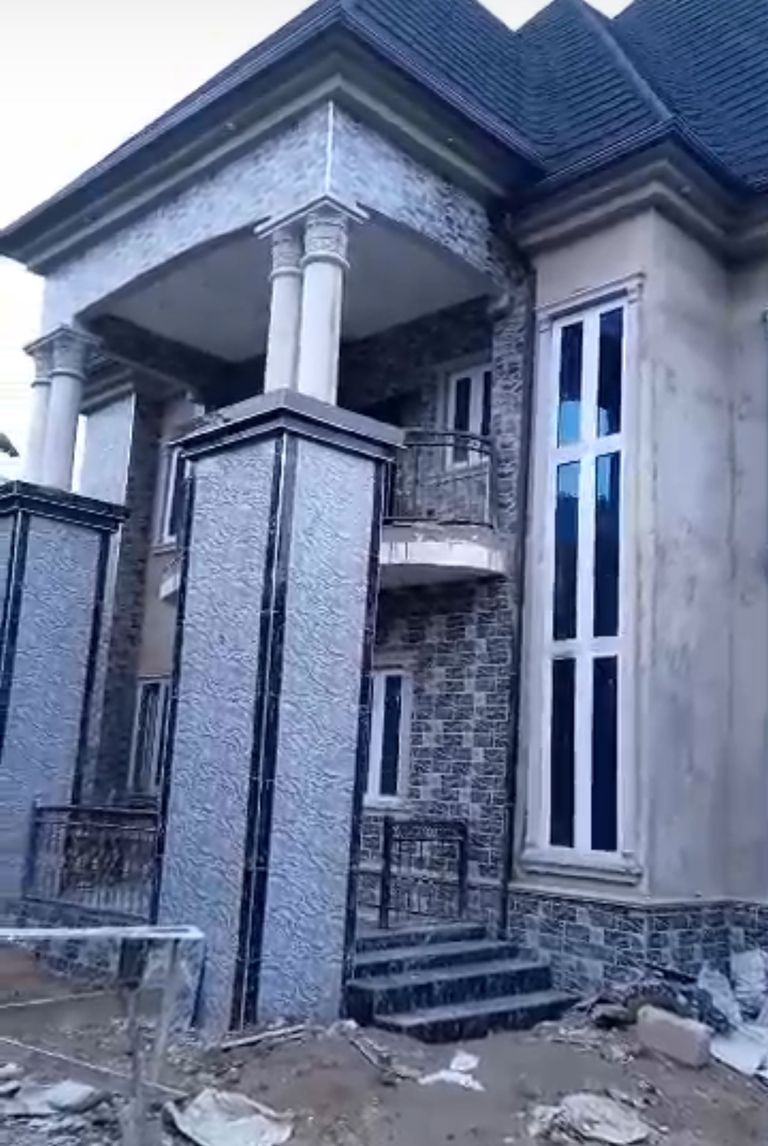
Building and tile construction is a process that involves the use of various materials and techniques to create structures and surfaces that are both functional and aesthetically pleasing. Here are some key aspects of building and tile construction:
Types of Buildings:
- Residential Buildings: These are buildings that are designed for human habitation, such as houses, apartments, and condominiums.
- Commercial Buildings: These are buildings that are designed for business purposes, such as office buildings, shopping centers, and restaurants.
- Industrial Buildings: These are buildings that are designed for manufacturing and production purposes, such as factories and warehouses.
- Institutional Buildings: These are buildings that are designed for public or private institutions, such as schools, hospitals, and government buildings.
Types of Tiles:
- Ceramic Tiles: These are tiles that are made from clay and other minerals, and are often used for flooring and wall coverings.
- Porcelain Tiles: These are tiles that are made from a type of ceramic material that is stronger and more durable than traditional ceramic tiles.
- Natural Stone Tiles: These are tiles that are made from natural stone, such as marble, granite, and slate.
- Glass Tiles: These are tiles that are made from glass, and are often used for decorative purposes, such as backsplashes and accent walls.
Construction Techniques:
- Masonry: This is a construction technique that involves the use of mortar and bricks or blocks to build walls and other structures.
- Carpentry: This is a construction technique that involves the use of wood and other materials to build frames, floors, and other structures.
- Tile Installation: This is a construction technique that involves the use of tiles to cover floors, walls, and other surfaces.
- Roofing: This is a construction technique that involves the use of materials such as shingles, tiles, and membranes to cover and protect roofs.
Tools and Equipment:
- Trowels: These are tools that are used to apply and spread mortar and other materials during construction.
- Levels: These are tools that are used to ensure that surfaces are level and plumb during construction.
- Saws: These are tools that are used to cut and shape materials during construction.
- Drills: These are tools that are used to drill holes and drive screws during construction.
Materials:
- Cement: This is a material that is used to bind aggregates together to form concrete.
- Aggregates: These are materials such as sand, gravel, and crushed stone that are used to add strength and durability to concrete.
- Water: This is a material that is used to mix with cement and aggregates to form concrete.
- Admixtures: These are materials that are added to concrete to improve its workability, strength, and durability.
Safety Precautions:
- Hard Hat: This is a safety device that is worn on the head to protect against falling objects and other hazards.
- Safety Glasses: These are safety devices that are worn over the eyes to protect against flying debris and other hazards.
- Steel-Toed Boots: These are safety devices that are worn on the feet to protect against heavy objects and other hazards.
- Respirator: This is a safety device that is worn over the nose and mouth to protect against dust and other airborne hazards.
Building Codes and Regulations:
- International Building Code (IBC): This is a model building code that is widely adopted in the United States and other countries.
- International Residential Code (IRC): This is a model building code that is widely adopted in the United States and other countries for residential construction.
- Americans with Disabilities Act (ADA): This is a law that requires buildings to be accessible to people with disabilities.
- Local Building Codes: These are building codes and regulations that are specific to a particular region or jurisdiction.
Sustainable Building Practices:
- Energy Efficiency: This involves the use of materials and techniques that reduce energy consumption and greenhouse gas emissions.
- Water Conservation: This involves the use of materials and techniques that reduce water consumption and protect water resources.
- Recycled Materials: This involves the use of materials that are recycled or sustainably sourced.
- Indoor Air Quality: This involves the use of materials and techniques that improve indoor air quality and reduce the risk of indoor air pollution.
Tile Construction Techniques:
- Thinset: This is a technique that involves the use of a thin layer of mortar to bond tiles to a surface.
- Mastic: This is a technique that involves the use of a thick layer of mortar to bond tiles to a surface.
- Epoxy: This is a technique that involves the use of a two-part epoxy adhesive to bond tiles to a surface.
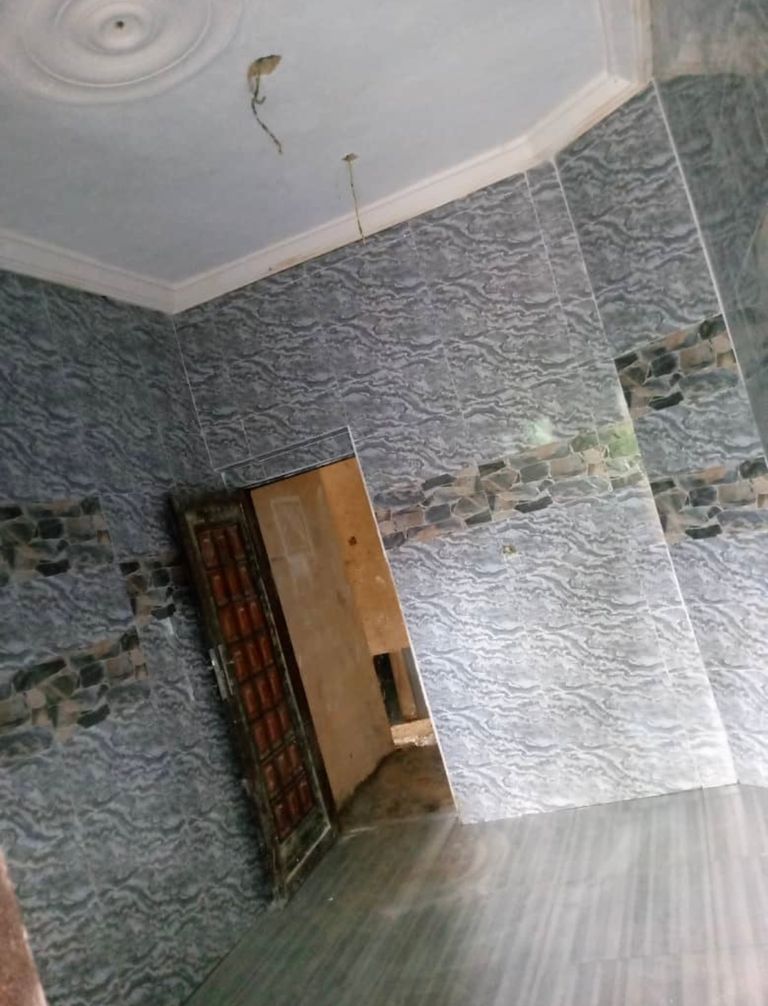
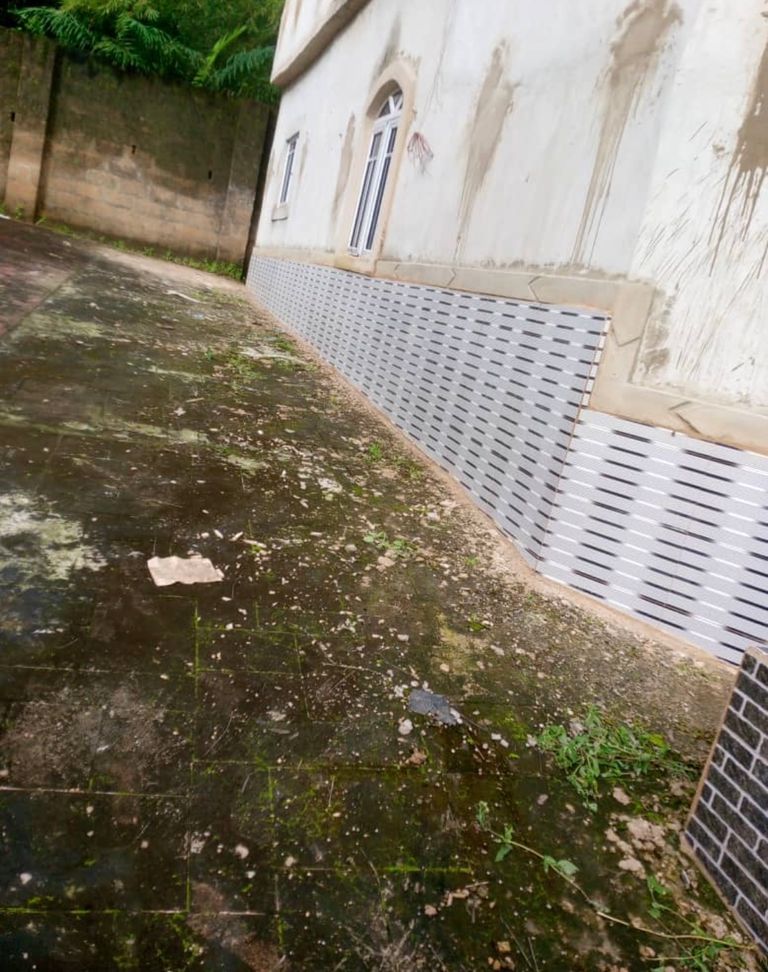
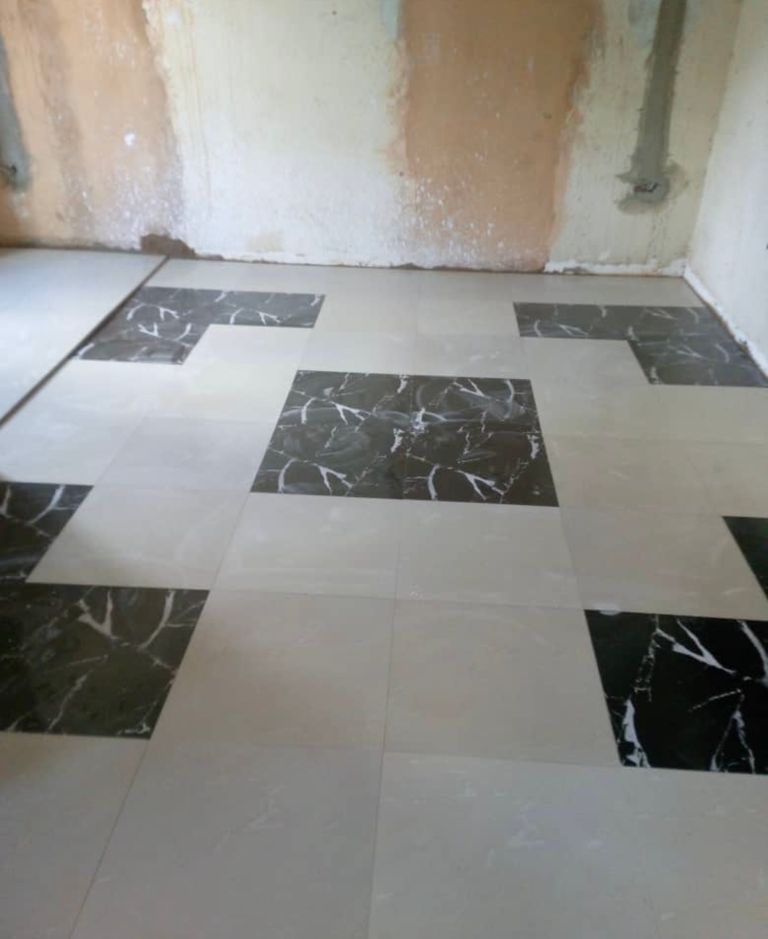
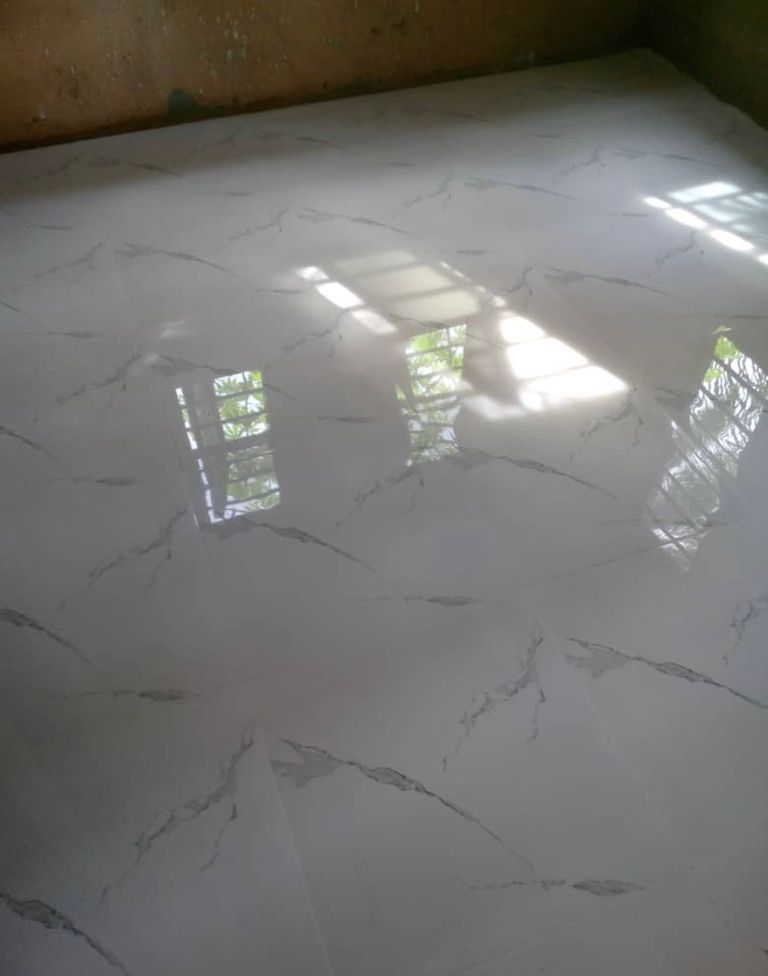
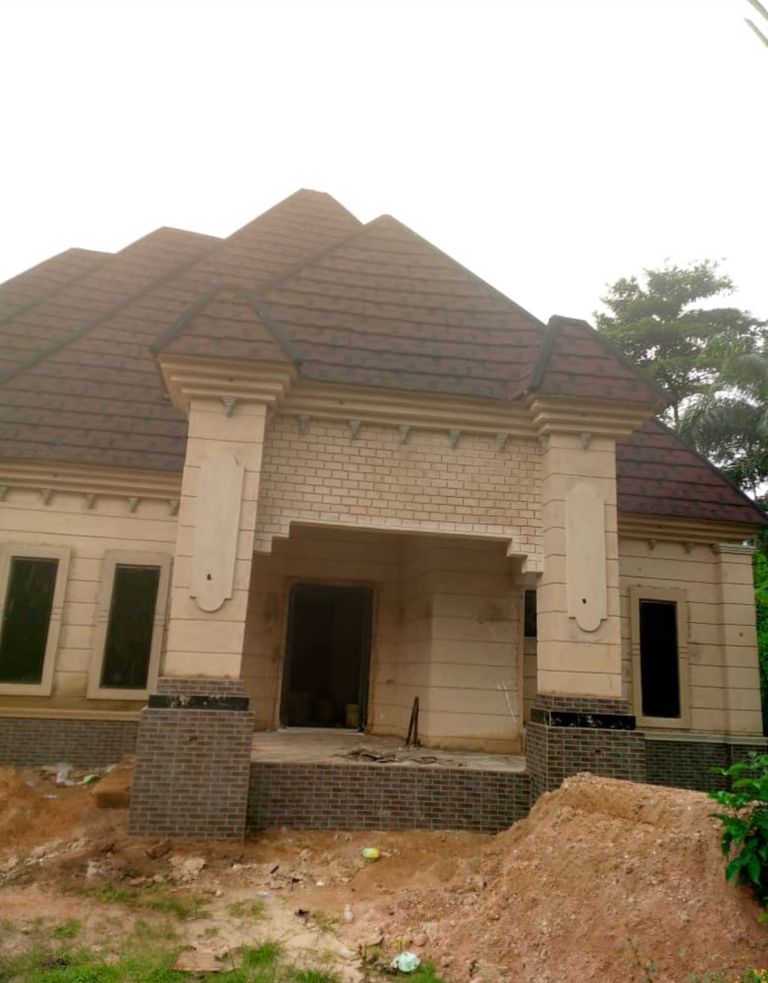
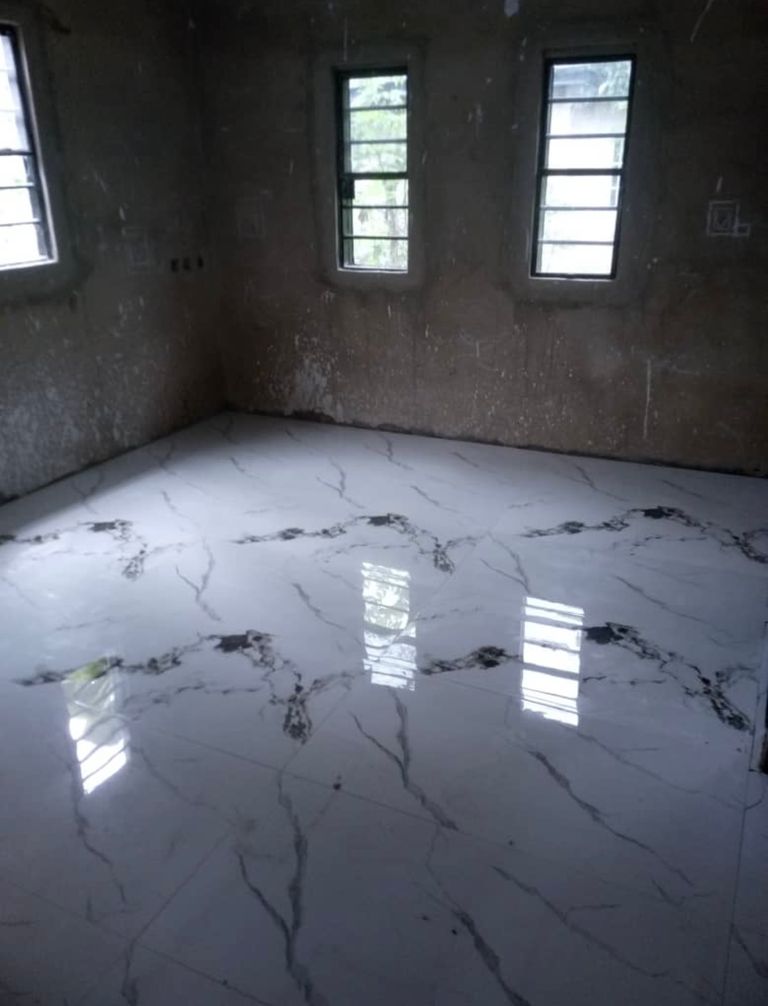
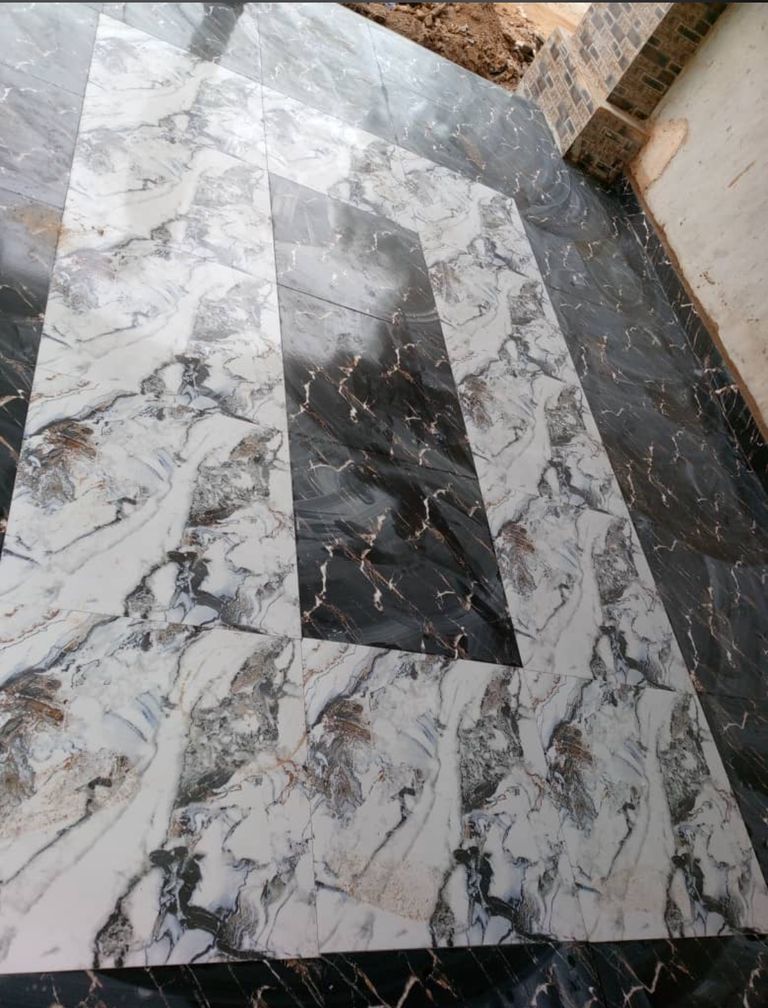
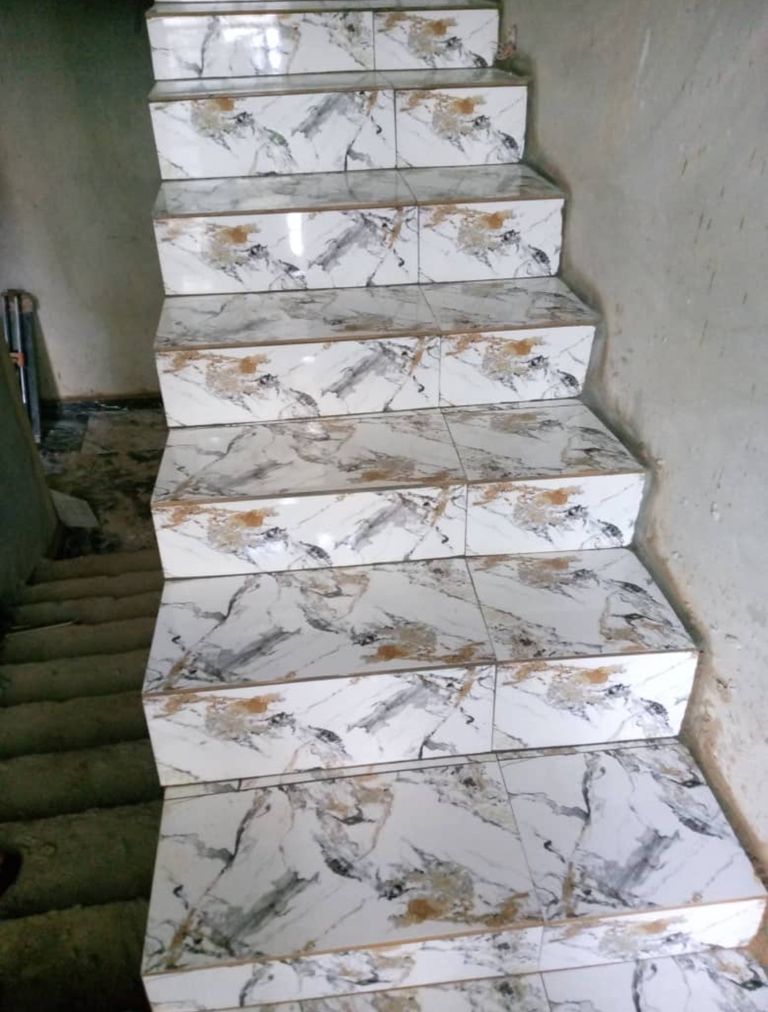
Thank you for stopping by my post today, I hope you enjoy my content please drop a comment below and state how useful this content was to you. Thank you for support
